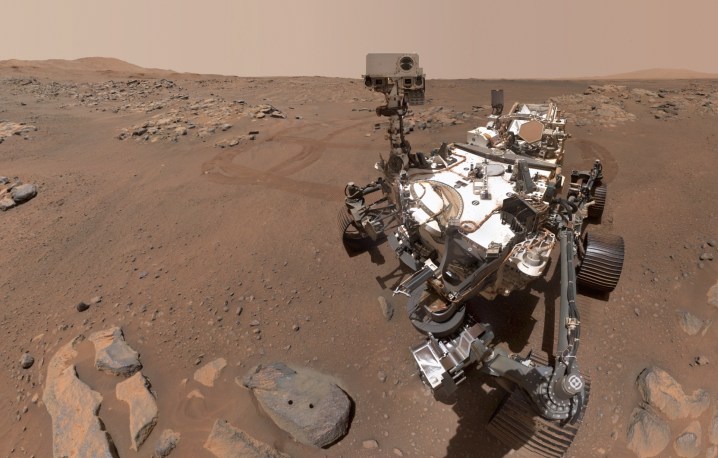
NASA Perseverance rover has reached 1,000 martian sols after arriving on the faraway planet in February 2021.
The rover, NASA’s most advanced to date, announced the achievement in a post on social media on Tuesday, adding: “My work is far from done.”
A martian sol is a little longer than a full day on Earth, lasting 24 hours, 39 minutes, and 35 seconds.
“We picked Jezero Crater as a landing site because orbital imagery showed a delta — clear evidence that a large lake once filled the crater,” said Perseverance’s project scientist, Ken Farley of Caltech.
Farley added: “A lake is a potentially habitable environment, and delta rocks are a great environment for entombing signs of ancient life as fossils in the geologic record. After thorough exploration, we’ve pieced together the crater’s geologic history, charting its lake and river phase from beginning to end.”
There’s still plenty for Perseverance to do, with the mission’s next science campaign involving an exploration of the rich carbonate deposits that are known to be along Jezero Crater’s margin, close to the canyon entrance where a river once flooded the crater’s floor.
In a bid, perhaps, to propel Perseverance onto even greater things, Curiosity, NASA’s other Mars rover that’s been exploring the martian landscape for more than a decade, also offered its counterpart congratulations, saying on social media: “What an absolute ‘rock’-star. Here’s to many more sols, samples, and selfies!”
Editors’ Recommendations
Services Marketplace – Listings, Bookings & Reviews
